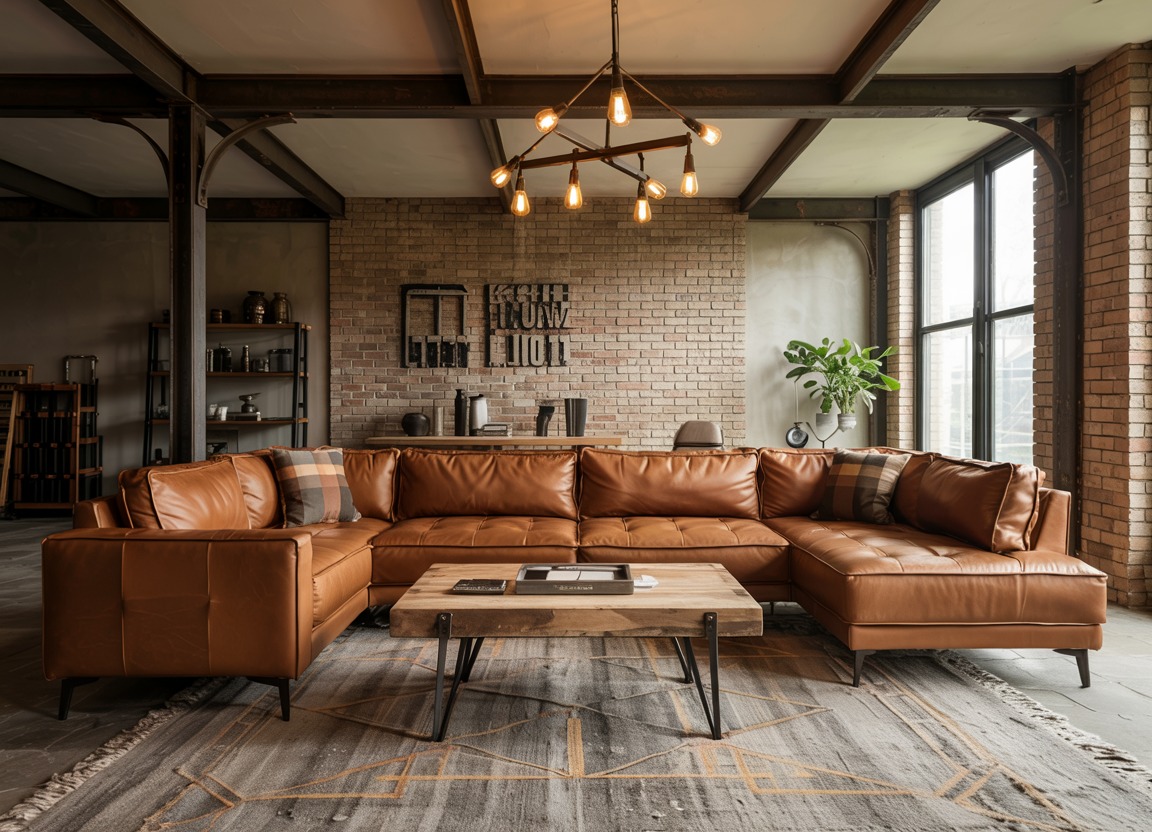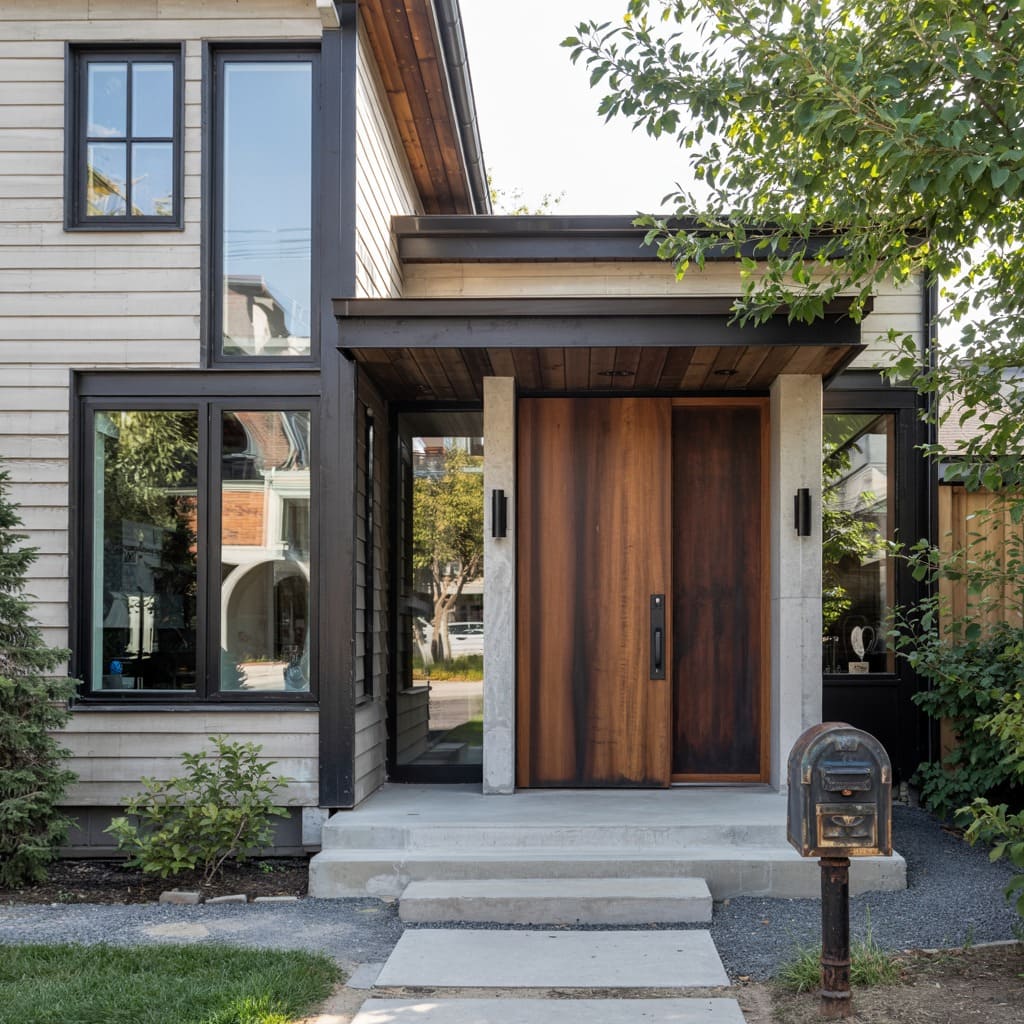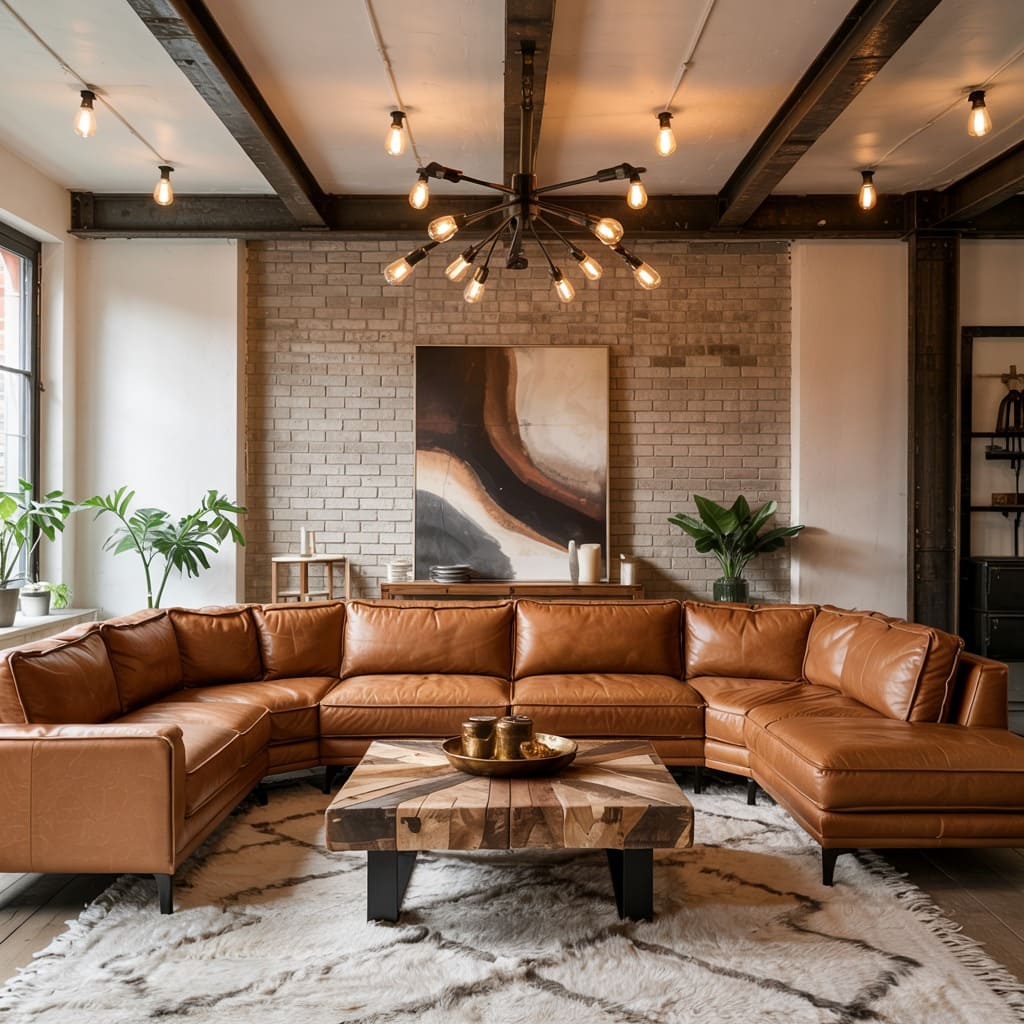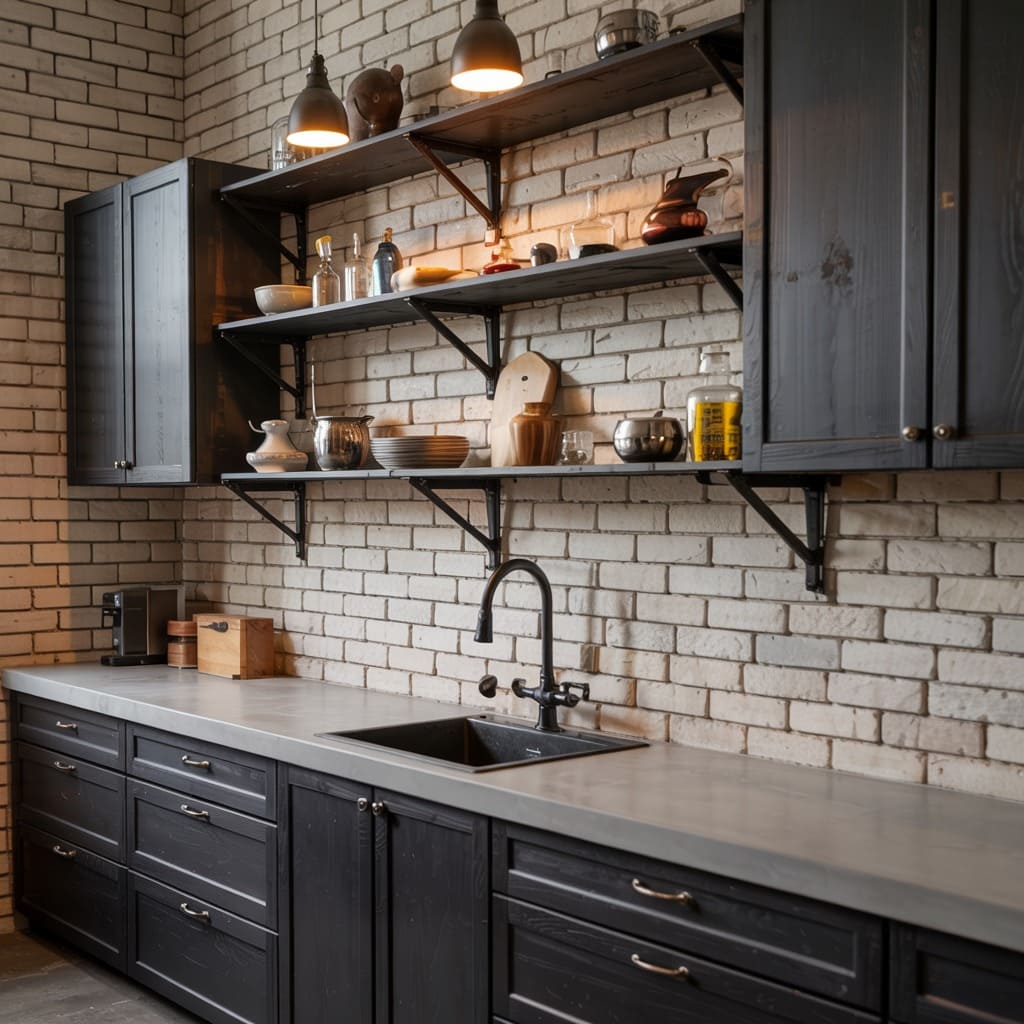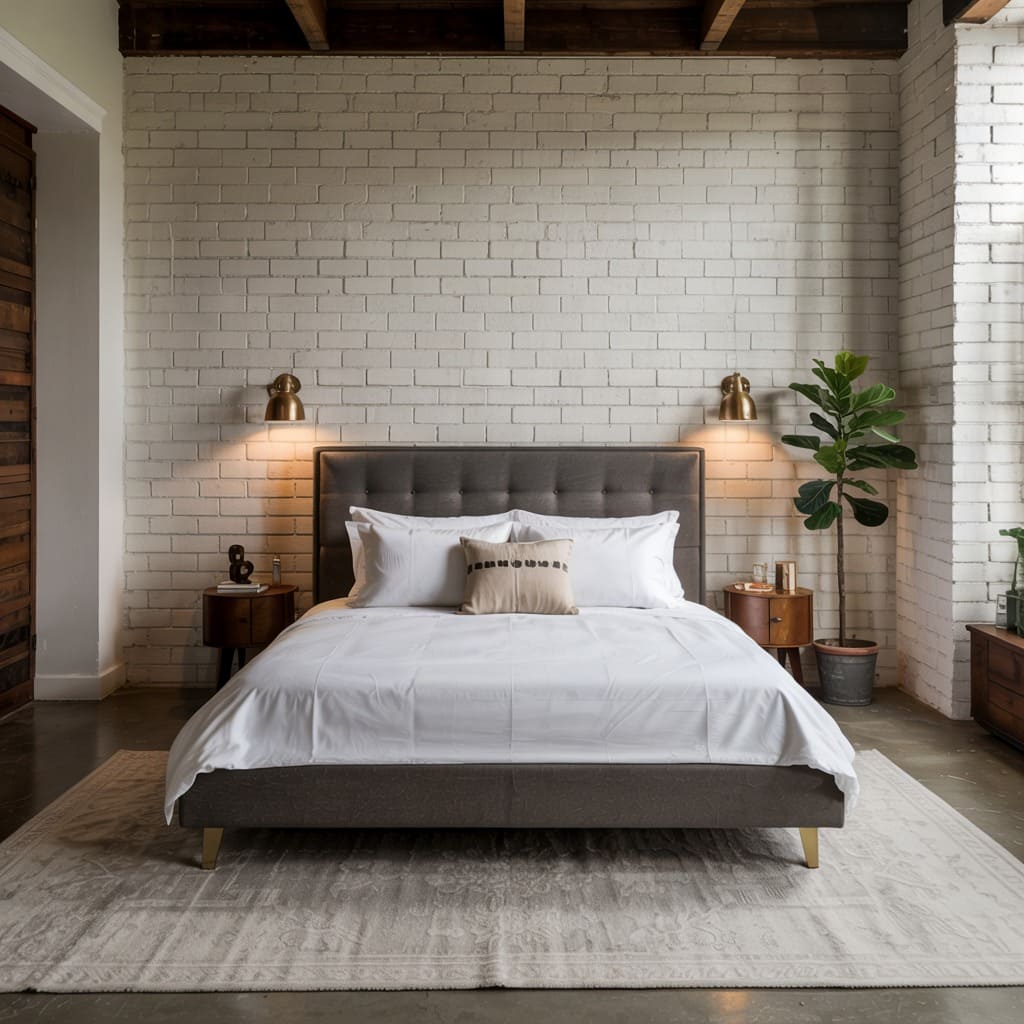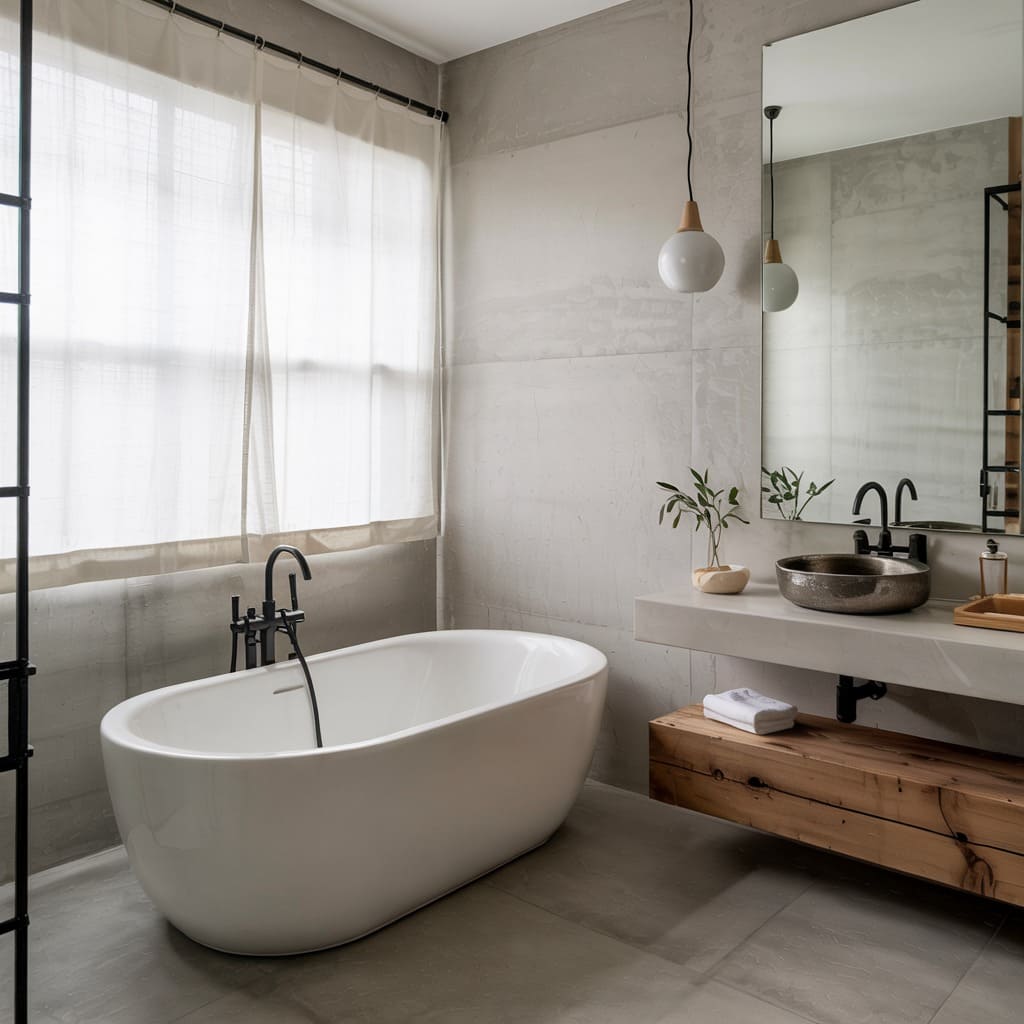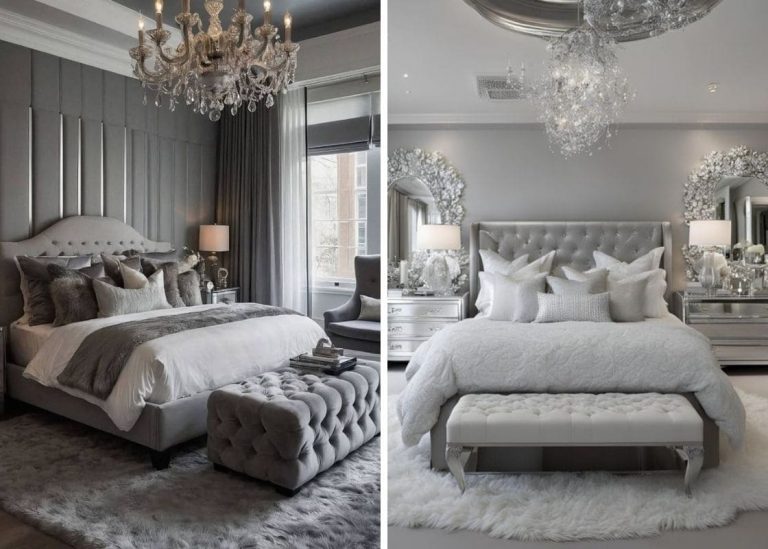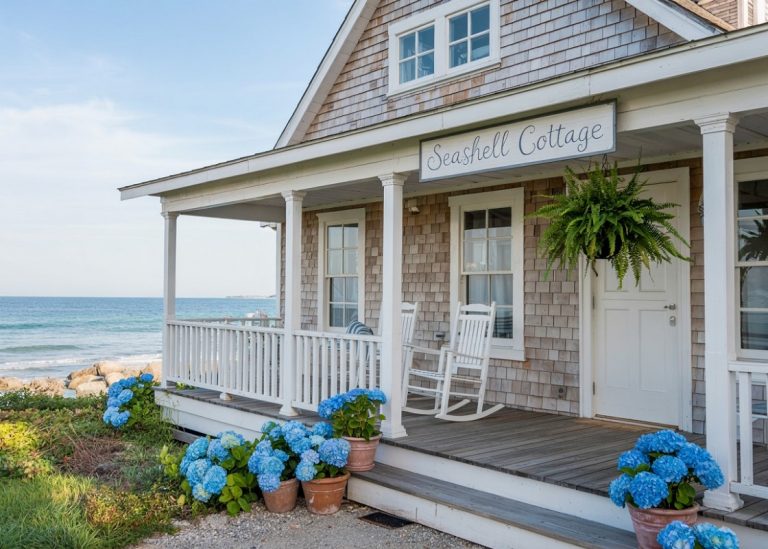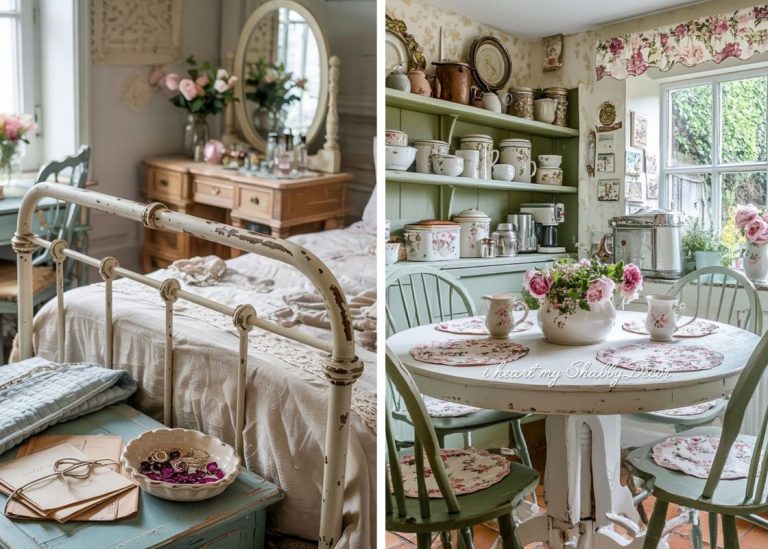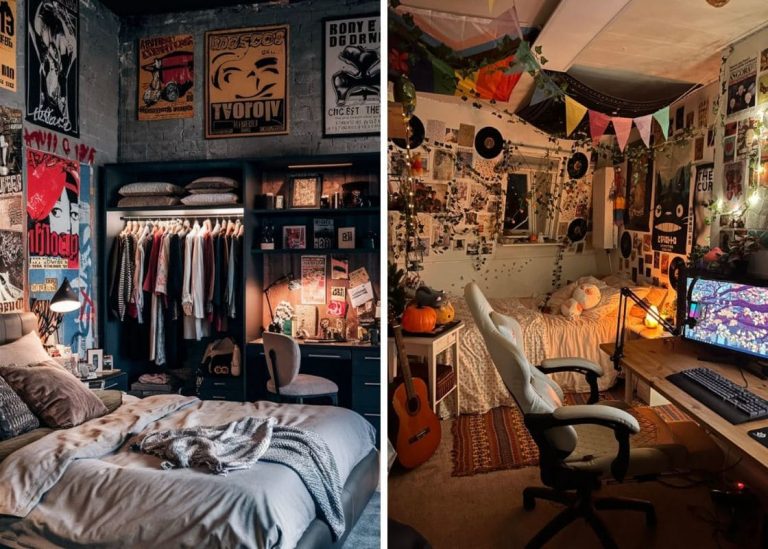Urban Industrial Chic: Raw, Real, and Remarkably Stylish
It started with a forgotten cup of sugar. I was halfway into baking my son’s birthday cake—flour on my sweater, chaos in the kitchen—when I realized I was completely out. With no time to run to the store, I ran next door, barefoot and apologetic. My neighbor, Quinn, opened the door and laughed when she saw me. “Come in,” she said. “You need sugar. But I think you’re going to leave with more than that.”
She wasn’t wrong. The moment I stepped inside her house, I froze. It wasn’t the sugar that caught my attention. It was the space. Raw. Confident. Bold but inviting. A completely different world from my cottage-inspired home—but so compelling I didn’t want to leave.
This wasn’t just a house. It was Urban Industrial Chic, and it grabbed me by the heart in the most unexpected way. Let me take you on the same tour Quinn gave me that day. You’re going to love it.
What Is Urban Industrial Chic?
Urban Industrial Chic is a style that feels like an artist’s loft fell in love with a cozy, lived-in home. It’s a design approach that embraces raw, rugged elements—like exposed brick, metal piping, and concrete floors—but softens them with warmth, texture, and a touch of elegance.
What I love most about it is how it honors imperfection. It doesn’t hide the bones of a building—it celebrates them. The ceilings are high, the beams are bold, and the vibe is unfiltered. But then you turn a corner and find a buttery-soft velvet chair, or a moody light fixture casting a golden glow, and suddenly… it feels like home.
It’s where industrial edge meets comfort. Where the city meets the soul. And believe me—it works just as beautifully in a family home as it does in a downtown loft. Just like Quinn’s.
Key Characteristics of Urban Industrial Chic
-
Exposed Elements – Brick walls, ductwork, beams, and concrete left raw
-
Moody Neutrals – Charcoal, black, greys, and warm earthy tones
-
Mixed Textures – Wood, metal, leather, and stone layered together
-
Bold Lighting – Industrial fixtures like Edison bulbs and matte pendants
-
Minimalist Layout – Open spaces, clean lines, and purposeful décor
-
Reclaimed & Vintage Pieces – Furniture with history and character
-
Soft Touches – Cozy rugs, throws, and warm lighting for balance
-
Open Concept Design – Seamless flow between rooms
-
Statement Art – Large, emotional, or abstract pieces
-
Urban Soul with Homey Warmth – Gritty but welcoming
From the Outside In: A Bold First Impression
Quinn’s house isn’t flashy. From the curb, it’s understated—a simple modern rectangle with matte charcoal siding and tall windows framed in black. But step closer, and the details begin to speak.
The door is a massive slab of wood with visible grain, stained deep brown, and flanked by industrial sconces in brushed steel. A concrete step, clean-lined landscaping with gravel and ornamental grasses, and a black mailbox mounted on weathered metal complete the entrance. It’s cool. Confident. Calm.
The Living Room: Steel, Leather, and Light
You walk into the living room, and the first thing that hits you is the height. Tall ceilings with exposed steel beams painted matte black stretch overhead. A single brick accent wall behind the couch grounds the space with grit and texture.
Quinn has this caramel leather sectional that looks like it was lifted straight from an architectural magazine. Next to it, a reclaimed wood coffee table with thick, rough edges and iron legs. It’s heavy in the best way.
Above, a chandelier made of blackened steel and Edison bulbs hangs like art. And somehow, against all these strong elements, the space still feels cozy. Maybe it’s the oversized wool rug. Or the flickering candlelight. Or the fact that every item feels chosen, not just placed.
The Kitchen: Moody and Magnetic
Quinn’s kitchen is the kind of place where you want to make coffee slowly and listen to rain hit the windows.
The cabinets are flat-panel and charcoal, almost blending into the walls. The backsplash? Exposed whitewashed brick that peeks between open black shelves. The countertops are smooth concrete, cool to the touch but warm under dimmed pendant lights.
I remember standing at the island, sugar in hand, too stunned to speak. She handed me a mug—black stoneware, handmade—and said, “It’s okay to like something totally different from your own style.” And I did. I do.
The faucet is matte black, arched like a sculpture. There are no upper cabinets to clutter the view—just minimalism, with meaning.
Dining Space: Gathered with Grit
Between the kitchen and living area, the dining space holds a heavy farmhouse-style table made from salvaged barn wood. Around it are a mix of metal and upholstered chairs—nothing matches, yet everything belongs.
A long bench runs along one side. Above it hangs a single oversized pendant—matte black with a gold interior that glows like a firelight when turned on.
The wall art is bold—large-scale abstract in black and white. Quinn told me she picked it not because she understood it, but because it made her feel something. That stuck with me.
Bedrooms: Minimalism with Mood
Even the bedrooms follow the industrial rhythm—clean lines, minimal clutter, and just enough softness to make it all livable.
In the primary bedroom, a low platform bed sits on a concrete floor softened by a thick textured rug. The headboard is tufted charcoal velvet—simple, but luxurious. Wall-mounted sconces replace lamps, saving space and adding edge.
The kids’ rooms were more playful—still streamlined, but with pops of color and fun lighting. A metal bunk bed in one, a pegboard wall for art in the other. Even within the industrial palette, warmth lives here.
Bathroom: Spa Meets Warehouse
Quinn’s bathroom might be my favorite space. It has that raw beauty that feels like a spa hidden inside an artist’s loft.
Concrete walls with matte black plumbing fixtures. A deep freestanding tub in white. A floating vanity with a reclaimed wood base and hammered metal sink. Large, frameless mirrors reflect soft lighting, and a simple linen curtain flutters at the window.
There’s no clutter—just space. Space to breathe.
Want the Urban Industrial Chic Look? Try These Tips
Bringing this bold, balanced style into your home doesn’t require a warehouse or a downtown address. Try these ideas:
- Start with a neutral palette – Charcoal, gray, black, white, and warm wood tones
- Add texture – Use materials like concrete, brick, and raw wood
- Mix materials – Steel with velvet, leather with linen, wood with glass
- Invest in bold lighting – Choose fixtures that double as sculptural elements
- Edit often – Less is more; only keep what adds character or function
- Play with contrast – Rough meets refined, cold meets warm
- Display with purpose – Industrial shelves, art leaning against walls, sculptural objects
- Let the structure show – Exposed beams, pipes, or brick can be a feature, not a flaw
Final Thoughts: Learning to Love the Unexpected
That day, I walked into Quinn’s house for sugar—but left with a whole new appreciation for design. Her home challenged everything I thought I loved. It was unexpected. Strong. So very different from mine. But it was also warm. Honest. Full of life.
Urban Industrial Chic isn’t about perfection. It’s about personality. It’s about honoring materials as they are—and still making room for softness, for color, for family and heart.
If you could try a totally different home style—just for a room or a corner—what would it be? Would you go bold and raw or stay soft and familiar? Tell me. I’d love to hear what style surprises you the way Quinn’s did for me. Want me to create a mood board or starter design kit for Urban Industrial Chic? I’d be happy to help!

